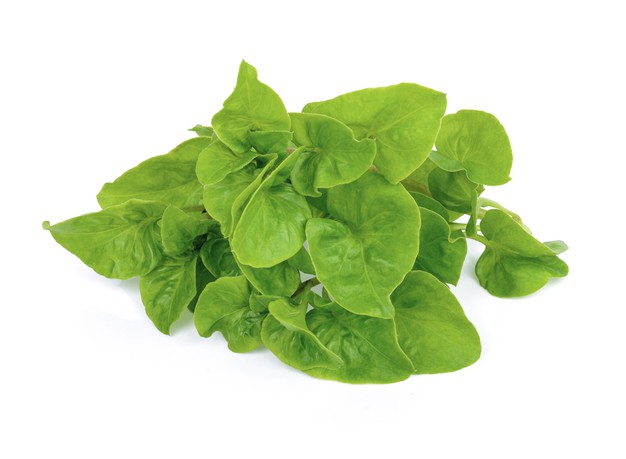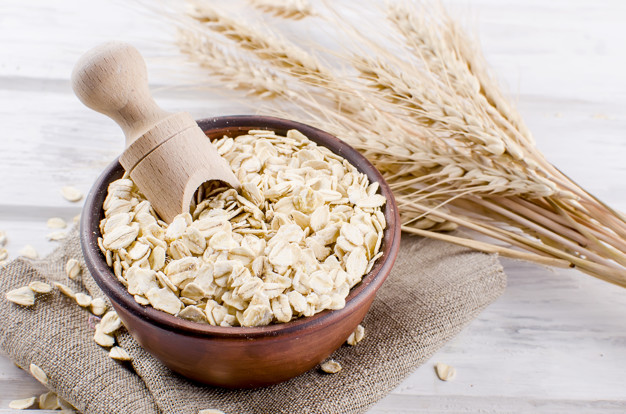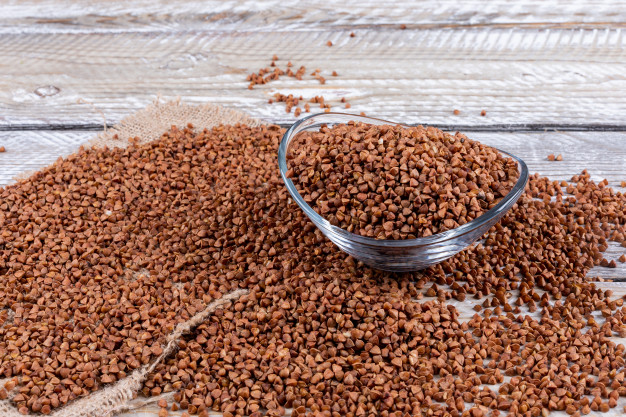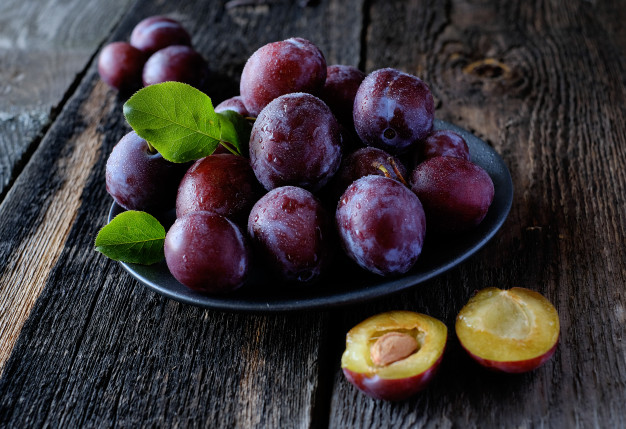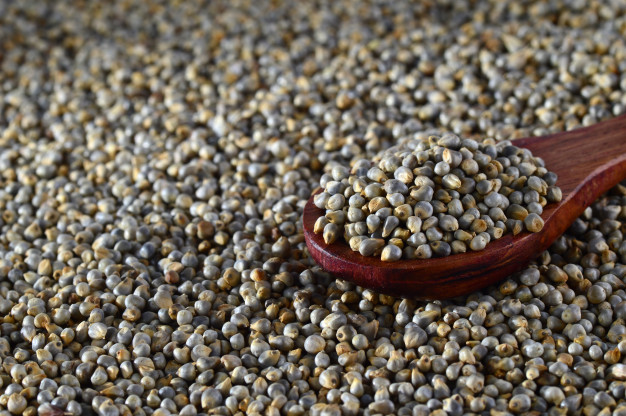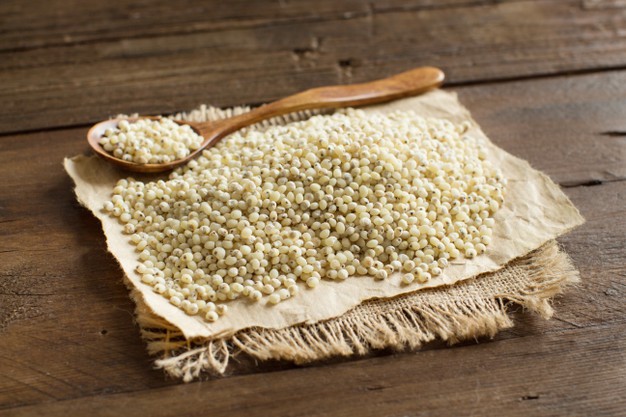Pawpaw is a nutritious shrub belongs to custard-apple family offers numerous health benefits. It is native to Southern, Eastern and Midwestern United States. It has been traditionally used for various medicinal and culinary purposes.
Nutritional profile
- It contains significant amount of carbohydrates
- It also contains fibre, especially flesh of the fruit contains desirable amounts of fibre
- It contains lesser amount of fats and proteins
- It is packed with various micronutrients like Vitamin C, Vitamin A, Vitamin B complex, calcium, phosphorus, potassium, iron, manganese, magnesium and zinc
- It also contains various phytonutrients that exert several nutraceutical activities

Biological activity
Antioxidant activity
- It is loaded with antioxidants thus its consumption is extremely helpful for decreasing the susceptibility of developing chronic diseases as it helps to fight against oxidative stress
- It is also associated with scavenging free radicals thus help to lessen their concentration, in body, which ultimately help to protect the body from oxidative damages
- It helps to reduce the harmful consequences of reactive oxygen species as well
- It helps to protect various important biological substances of body (like DNA, RNA, proteins, lipids etc) from oxidation thus help to sustain their functionality
- It also helps to promote cellular health and activity by protecting cells from oxidative damages

Anti-carcinogenic activity
- It contains various natural compounds that exert anti-carcinogenic activities
- It helps to hinder the growth of cancerous cells in body
- Consumption of pawpaw or its extract significantly reduces the risk of developing tumor especially in cancer patients
- It has also seen that consumption of pawpaw helps to prevent nausea and other side effects of chemotherapy
- It is very effective for decreasing the prevalence of breast and lung cancer
Anti-inflammatory activity
- It helps to prevent inflammation by reducing the concentration of pro-inflammatory mediators in body
- Various parts of pawpaw plant can be used for treating inflammatory disorders
- It is especially very effective for improving the symptoms of osteoarthritis and rheumatoid arthritis
- It plays significant role in reducing pain as well
- It is also associated with preventing various injuries of joints as well as muscle
Antimicrobial activity
- It is widely used as an effective measure for eliminating parasites from body
- Individual suffer from intestinal worm should consume pawpaw especially its seed for expelling parasites from body
- It has seen that using of shampoo, which contains the extract of pawpaw plant is very much effective for removing nits and lice

Role of pawpaw on health and disease prevention
Role on respiratory health
- It has seen that inhaling the plant is extremely effective for calming respiratory complications
- Inhalation of smoke obtained by burning dried pawpaw leaves is also very useful for providing quick relief from asthma attack
- Root of pawpaw has been traditionally used as an imperative natural preventive measure for bronchitis. Boiling the pawpaw root properly and consuming the extract about half glass thrice a day significantly improves the symptoms of bronchitis
- It also helps to prevent normal cough
Role on digestive health
- Consumption of pawpaw is very effective for promoting digestive health
- It helps in easy digestion too. It contains papain (an enzyme), which is considered as one of the most important substances of pawpaw that aids in digestion
- It also helps to promote regularity
- It is associated with improving colonic health as well
- It is very effective for reducing the risk of developing ulceration. It has seen that soaking the fruits along with seed and peel (by simply cutting the fruit into various cubes) in water for three to four days and then its consumption after filtering it (about half glass, three times a day) significantly reduces the prevalence of intestinal ulcer
- Its anti-inflammatory activity is responsible for protecting the gastro intestinal tract from inflammatory damages thus its consumption drastically reduces the prevalence of inflammatory bowel disease
- Pawpaw root is also very useful for curing piles. It is better to consume pawpaw root extracts at least half glass, two times in a day for improving the symptoms of piles

Role on preventing fever
- Fever is not a disease and it is basically considered as a symptom. Fever is characterized by an elevation in body temperature and generally it is caused by microbial infestation
- As mentioned above that pawpaw has antimicrobial activity and it is linked with eliminating parasites from body thus its consumption is believed to be an effective remedial action for fever especially for malaria
- Consumption of pawpaw leaf extract thrice a day at least for seven days is very much beneficial for preventing malaria

Hypoglycemic effect
- It is associated with decreasing the susceptibility of diabetes induced hypertension
- It has seen that consumption of pawpaw leaf extract at least for three times in a day helps to reduce the prevalence of hyperglycemia too
Role on skin
- Consumption of pawpaw or its topical application is very much helpful for improving skin health
- Its antioxidant activity is responsible for preventing aging
- Its Vitamin C content plays important role in improving skin elasticity as it is related with collagen production
- It also helps to make the skin smooth
- It is very effective for reducing the prevalence of eczema and acne
- Pawpaw oil is also used for preventing cellulite

Role on hair
- Application of pawpaw extract on scalp is very effective for promoting hair health
- It is very effective for eradicating lice (mentioned above)
- It also helps to nourish the scalp thus helps to prevent itching as well as dry scalp
Role on preventing external ulcers
- Papain component of pawpaw is accountable for healing external ulcers as well as wounds
- It has seen that papain is associated with reducing the pH in the wound bed, which ultimately helps to stimulate the production of cytokines. Cytokines play imperative role in promoting cellular reproduction as a result facilitates the healing process
Traditional uses
- It has been extensively used as a laxative
- Leaves of pawpaw used as a diuretic
- Bark of pawpaw plant contains an important component named alkaline analobine, which is used for preparing medicinal tonics
- Seed of pawpaw contains another important substance named alkaline asiminine that exerts narcotic and emetic activity
- Dried leaves of pawpaw can be used as herbal tea
- Kneaded pawpaw is widely used as an ideal tonic for growing children
- It is also used in the treatment of gastric disorders

Culinary uses
- Pawpaw fruit can be consumed raw
- It can also be used for preparing various desserts
- It can be used for preparing ice cream
- It can be blended into pancakes as well
- It has seen that pulp of pawpaw fruit is widely used for preparing country wine
- It can be also used for preparing preserves, sauces and pies
- It can be baked into muffins or breads or cookies
General consideration of using pawpaw
- Pawpaw, especially ripe pawpaw does not store well. The whole fruit can be kept up to two or three days at room temperature
- Whereas under ripe pawpaw can be stored in refrigerator for two to three weeks
Risk factors
- Some individual experiences allergic reaction after using pawpaw topically
- Some people also experience digestive disorders after consuming pawpaw


Source:
Adedayo, B.C., Oyeleye, S.I., Okeke, B.M. and Oboh, G., 2021. Anti‐cholinesterase and antioxidant properties of alkaloid and phenolic‐rich extracts from pawpaw (Carica papaya) leaf: A comparative study. Flavour and Fragrance Journal, 36(1), pp.47-54.
Ezike, A.C., Akah, P.A., Okoli, C.O., Ezeuchenne, N.A. and Ezeugwu, S., 2009. Carica papaya (Paw-Paw) unripe fruit may be beneficial in ulcer. Journal of medicinal food, 12(6), pp.1268-1273.
Kadiri, O., Akanbi, C.T., Olawoye, B.T. and Gbadamosi, S.O., 2017. Characterization and antioxidant evaluation of phenolic compounds extracted from the protein concentrate and protein isolate produced from pawpaw (Carica papaya Linn.) seeds. International journal of food properties, 20(11), pp.2423-2436.
Nam, J.S., Jang, H.L. and Rhee, Y.H., 2017. Antioxidant activities and phenolic compounds of several tissues of pawpaw (Asimina triloba [L.] Dunal) grown in Korea. Journal of Food Science, 82(8), pp.1827-1833.
Omoniyi, M., 2020. Minerals, Vitamin Contents and Antioxidant Activities of Pawpaw (Ciraca Papaya) and Pineapple (Ananas Comosus) Fruits Pulp. Vitamin Contents and Antioxidant Activities of Pawpaw (Ciraca Papaya) and Pineapple (Ananas Comosus) Fruits Pulp (November 16, 2020).
PAWPAW, E.O.U., 2016. Phytochemical and antioxidant analysis of aqueous extracts of unripe pawpaw (Carica papaya Linn.) fruit’s peel and seed.


